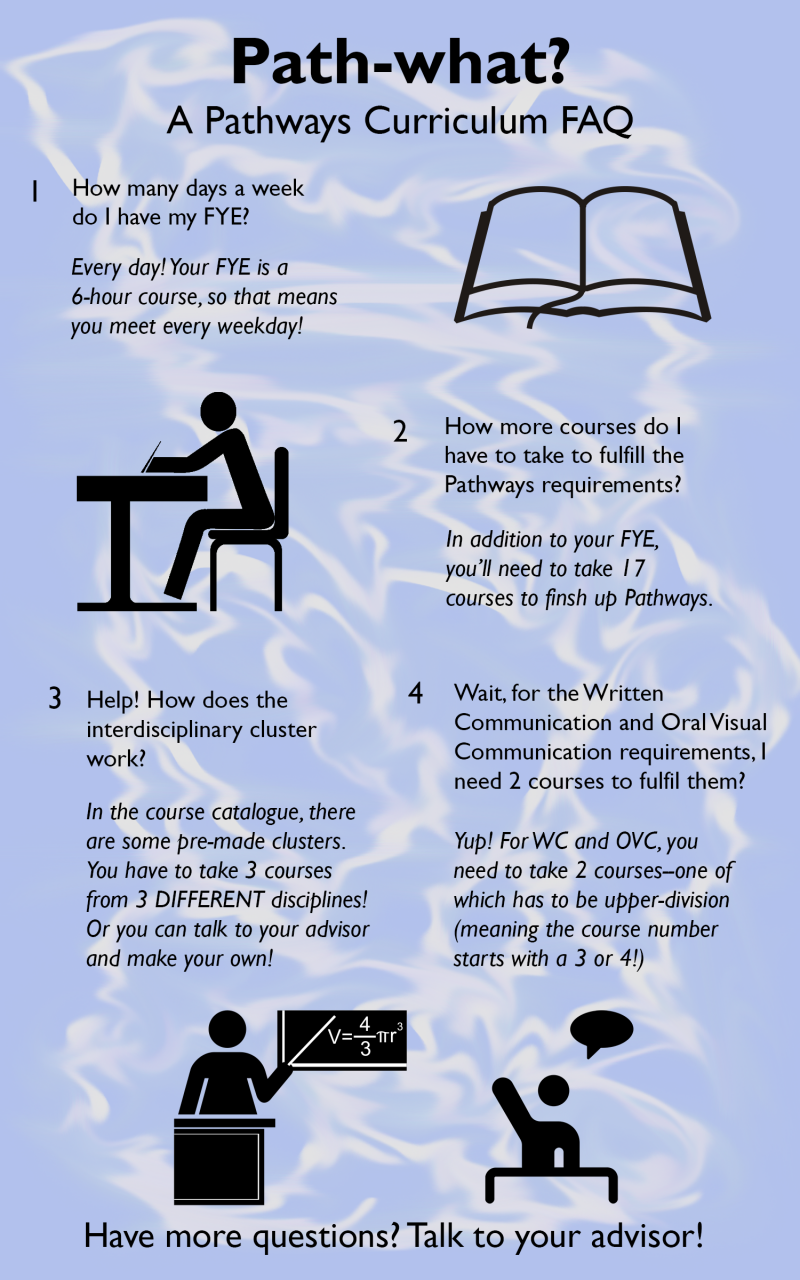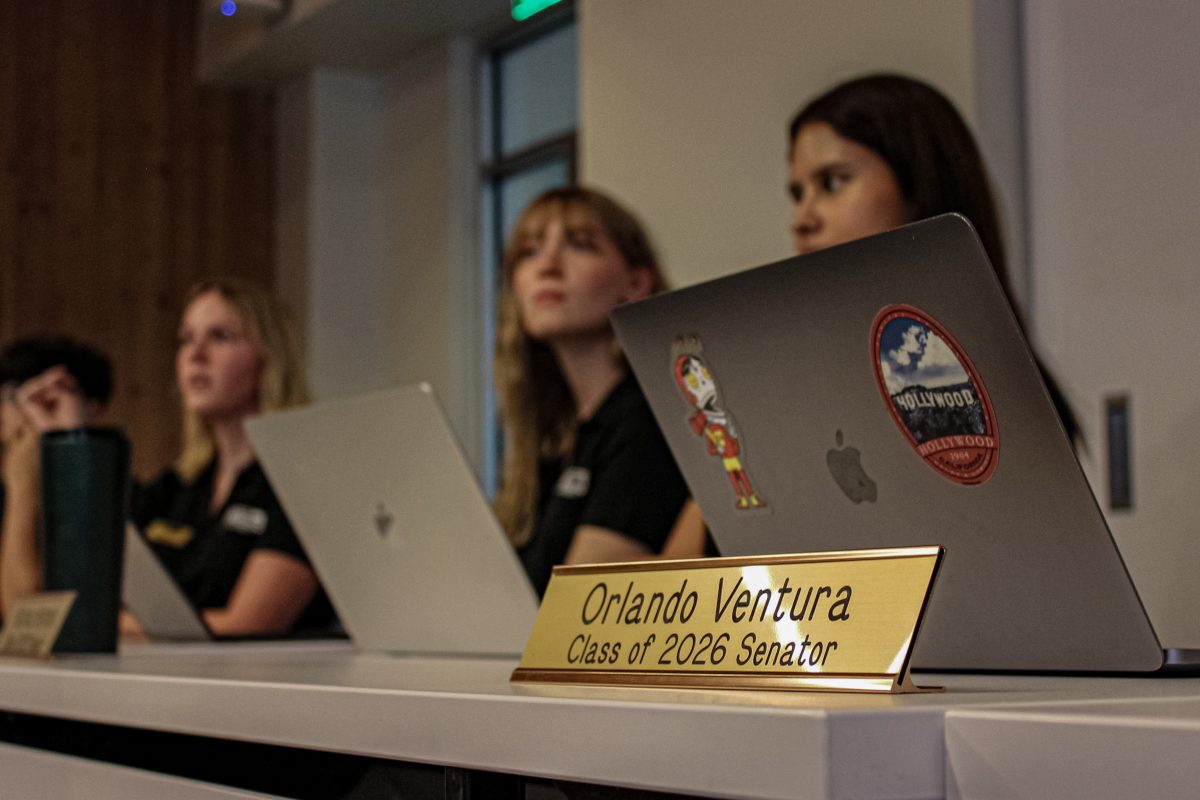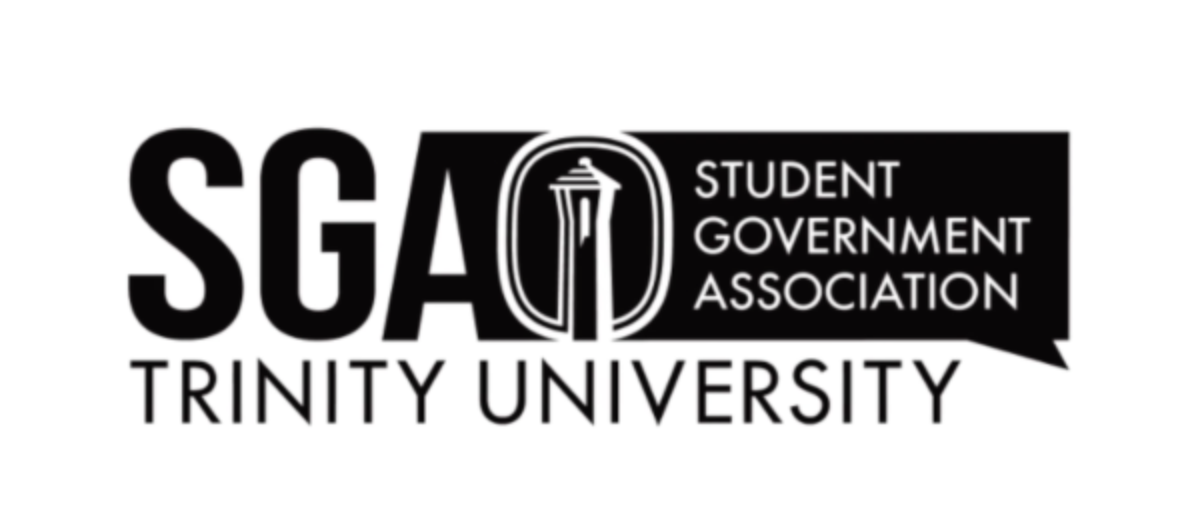During the first year of college, students can have difficulty understanding Trinity’s curriculum and scheduling classes — this confusion often persists into their later years, occasionally resulting in issues with satisfying university requirements and graduate on time.
Trinity’s graduation requirements are in the form of a curriculum called Pathways. Pathways is a curriculum unique to Trinity University that was first made mandatory for first-years entering in fall 2015.
Pathways has six curricular requirements, consisting of the First-Year Experience course (FYE), Approaches to Creation and Analysis, Core Capacities, an Interdisciplinary Cluster, the major and fitness education. Once these components are completed, along with at least 124 credit hours and other specific requirements, students can graduate with an education in a variety of different subject areas.
“I would say that first-years should see Pathways as an opportunity to take courses they might not otherwise take,” said Jennifer Mathews, chair of the department of sociology and anthropology. “One of the goals of Pathways is to broaden our students in terms of learning a wide array of topics that may take them out of their comfort zone. I would never have been an anthropologist if I hadn’t happened to have taken a course during my first year of college.”
The first of the six curricular requirements is the FYE, which is completed during the first semester of college. The FYE is an everyday class that is essential to building critical reading, writing and other soft skills. There are many different FYE classes, including Social Justice, Science Fiction and HUMA.
“My Social Justice FYE has been my favorite class to date,” said Meagan Springer, sophomore. “There were a million essays to write and a million passages to read, but having the class every day helped me make my closest friends here at Trinity and the workload really improved the quality of my work.”
While the FYE is only one class, Approaches to Creation and Analysis and Core Capacities are each very large components to Pathways. Both of these requirements have subsections that require a course or two to complete the subsection. Once all of the subsections are complete, the requirements are satisfied.
For example, within Approaches to Creation and Analysis, there are the categories of Creative Expression and Natural Sciences. Under Creative Expression is a list of art and creative classes that can be taken to satisfy this category.
Approaches to Creation and Analysis is focused on giving students an education in all fields of study. Core Capacities, which includes the categories like Written Communication and Engaged Citizenship, has courses that help students to develop soft skills like social and emotional intelligence. This requires that many different classes must be completed.
“My biggest [piece of] advice on picking classes for the Pathways curriculum would be to be strategic about it and start planning early,” said Brooke Bloom, junior. “Be prepared to make some adjustments to the plan, but overall having a basic guideline can be a huge help.”
To complete the interdisciplinary cluster requirement, a student must complete three courses — at least nine credit hours — within a certain cluster. There are about 15 different clusters to choose from or a student can propose an original student-designed cluster to the University Curriculum Council.
“The four years you have at Trinity is the perfect time to take classes that either get you out of your comfort zone or involve something you have always wanted to know more about,” Bloom said. “I think an important thing to know is that the Pathways courses do not have to be done immediately. If there is a course you really want to take, wait for it. Now is your chance to take it while you are here at Trinity.”
Contact your faculty advisor to receive advice on how to best fit Pathways with your major








